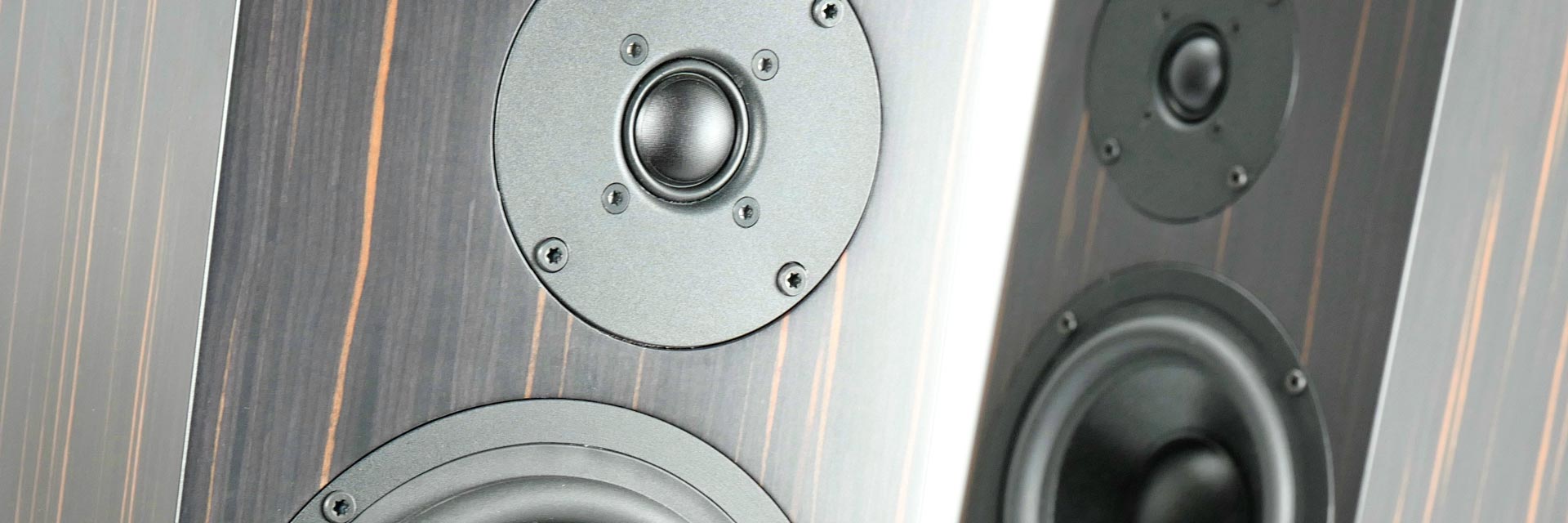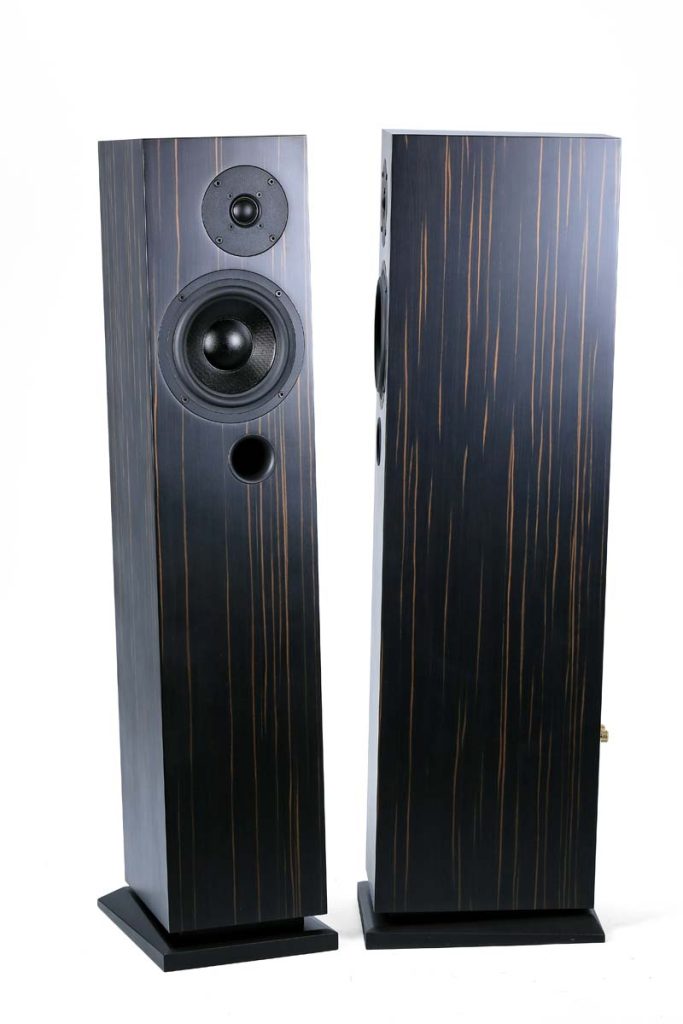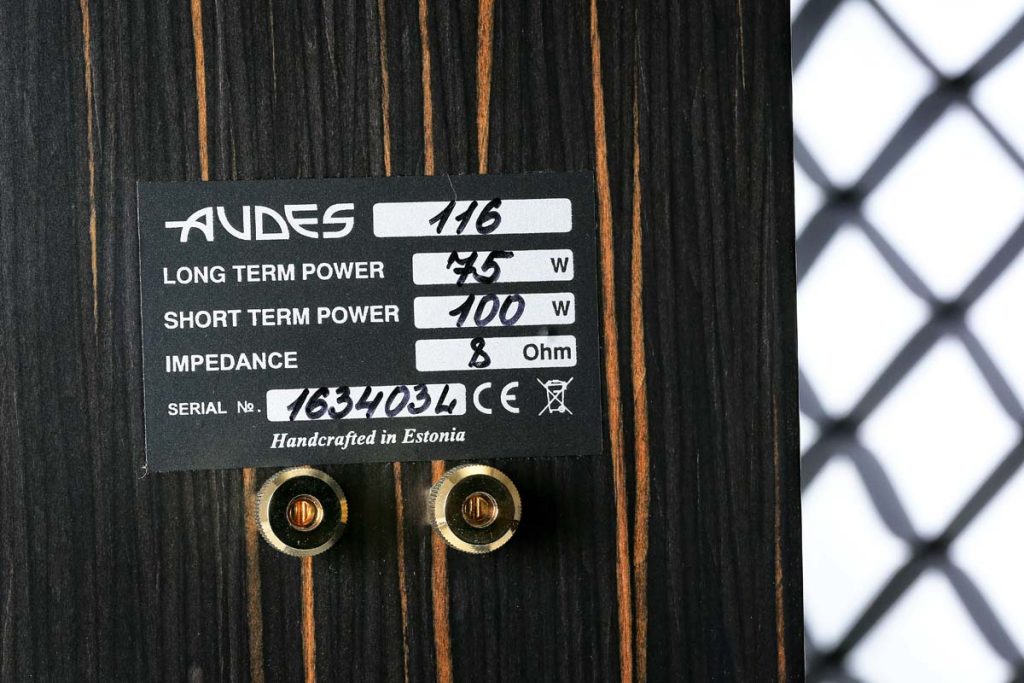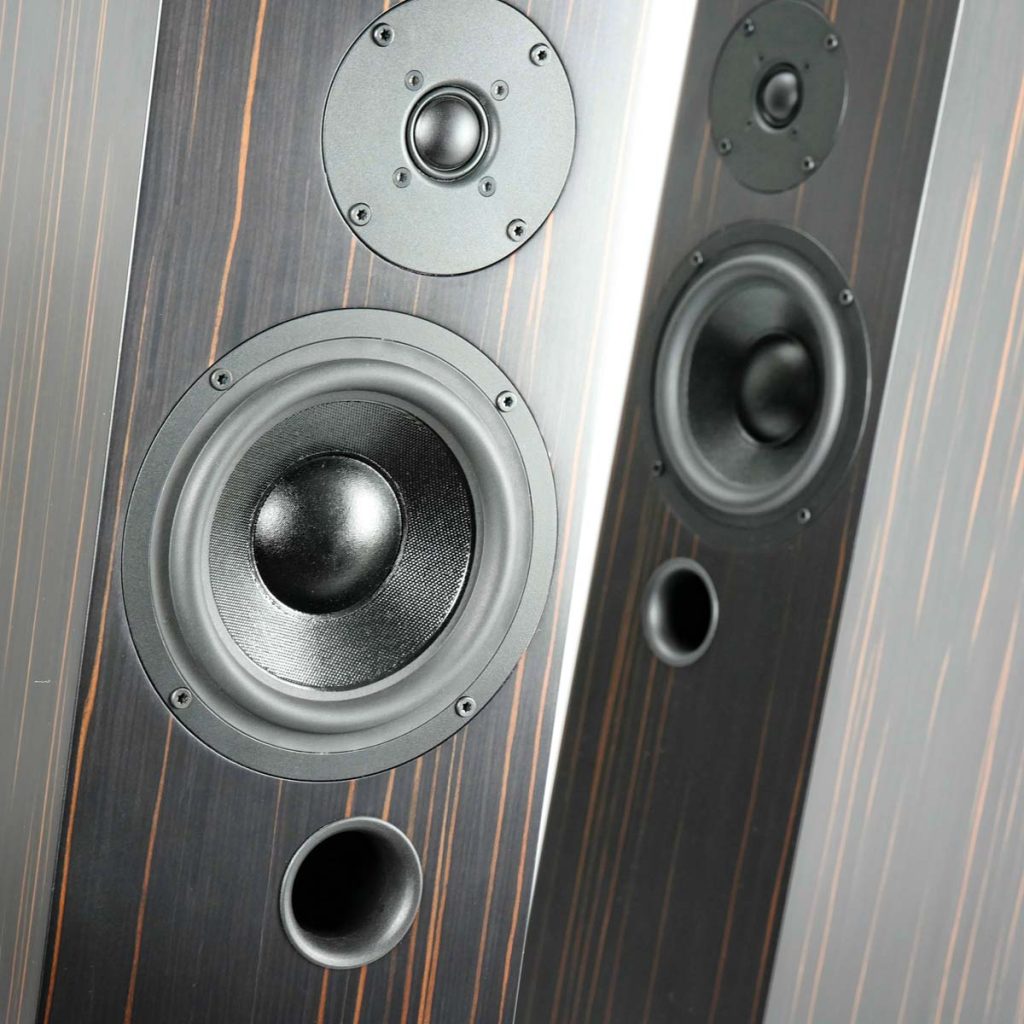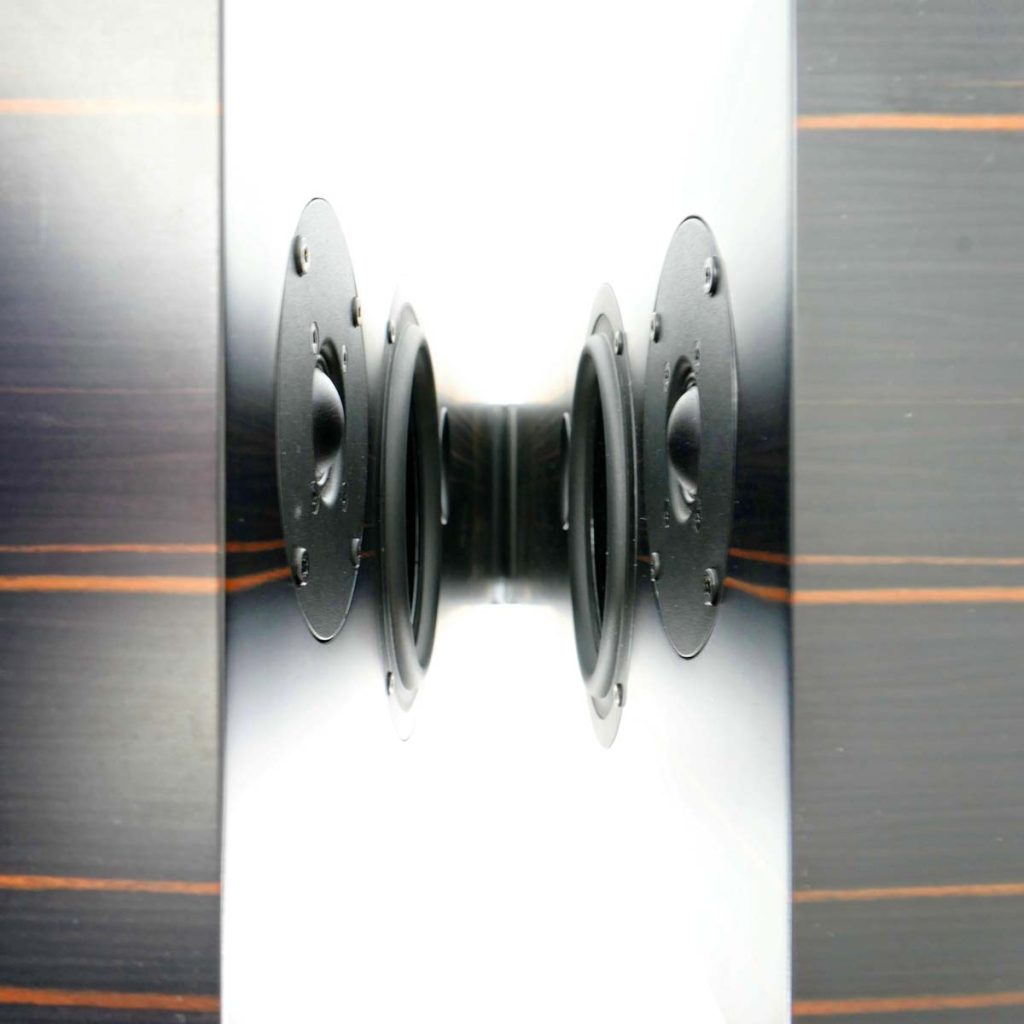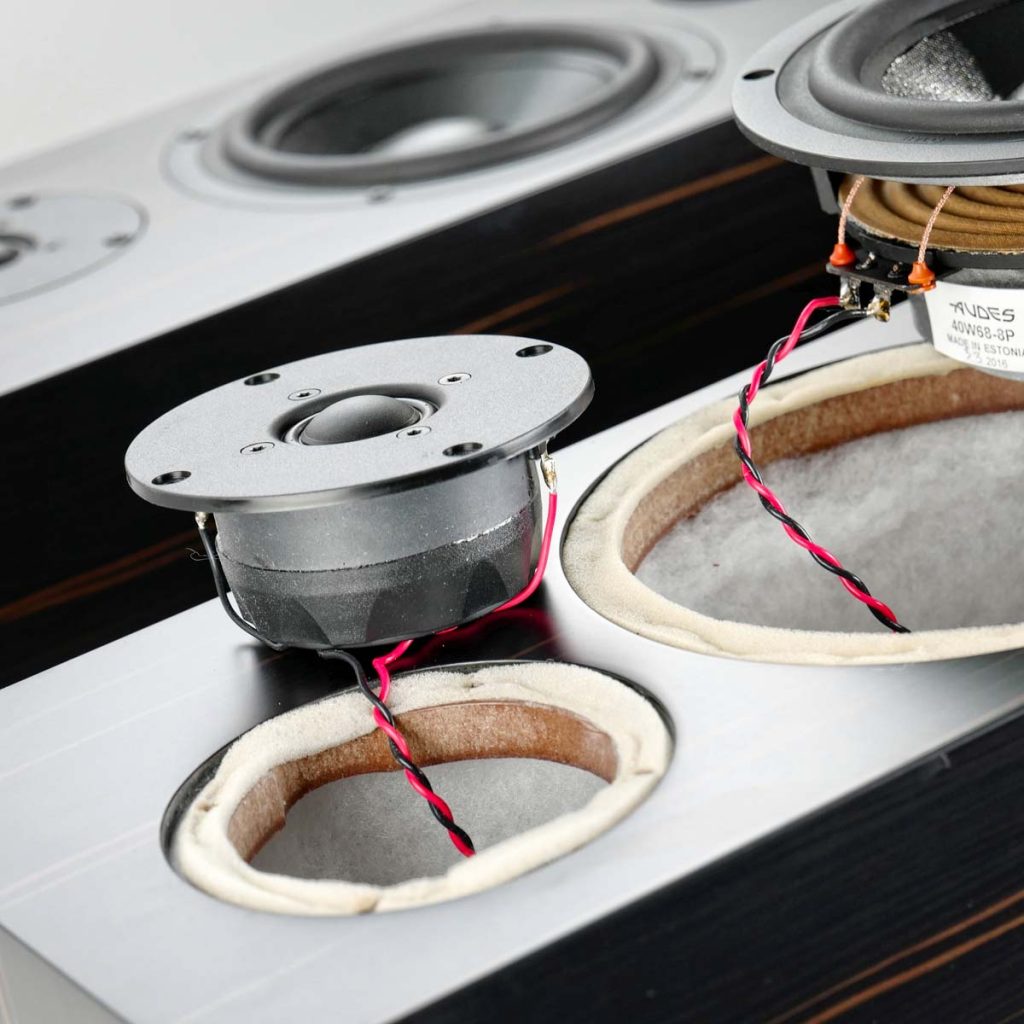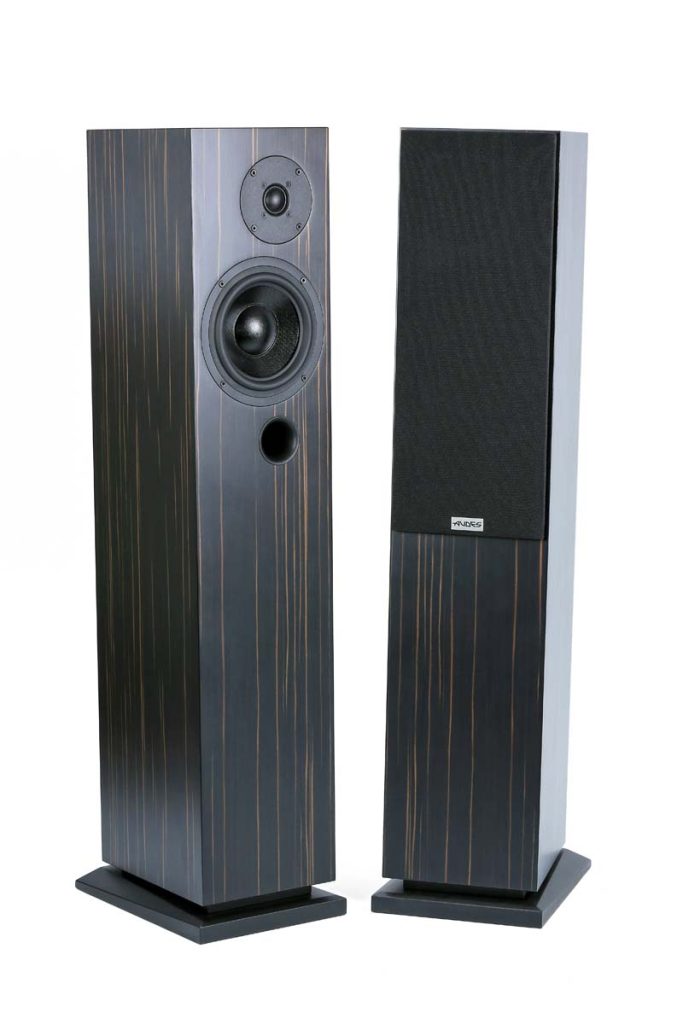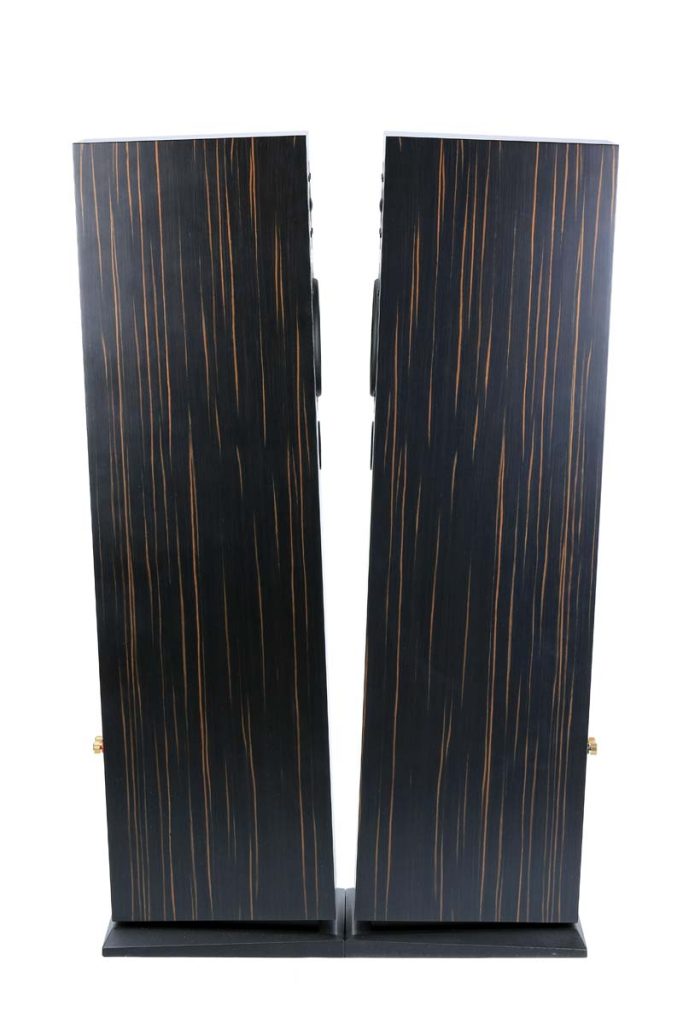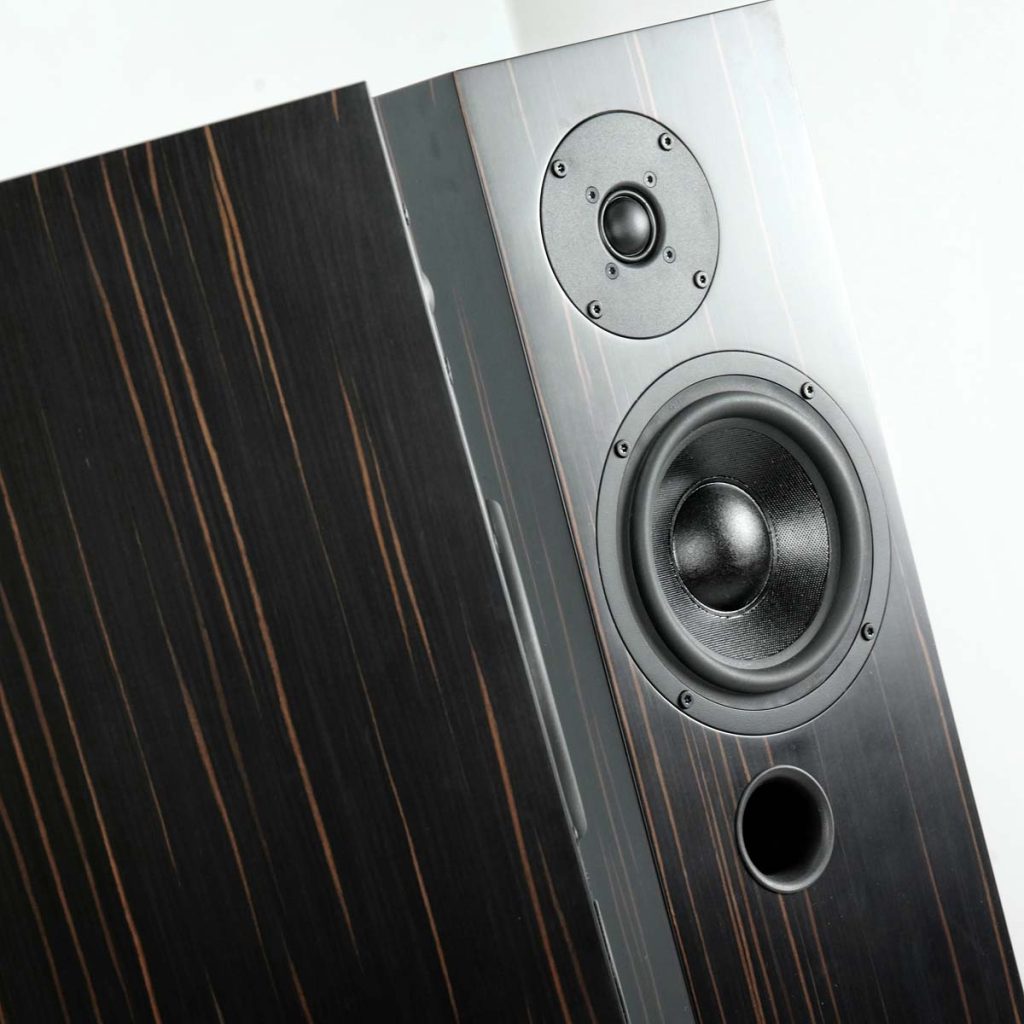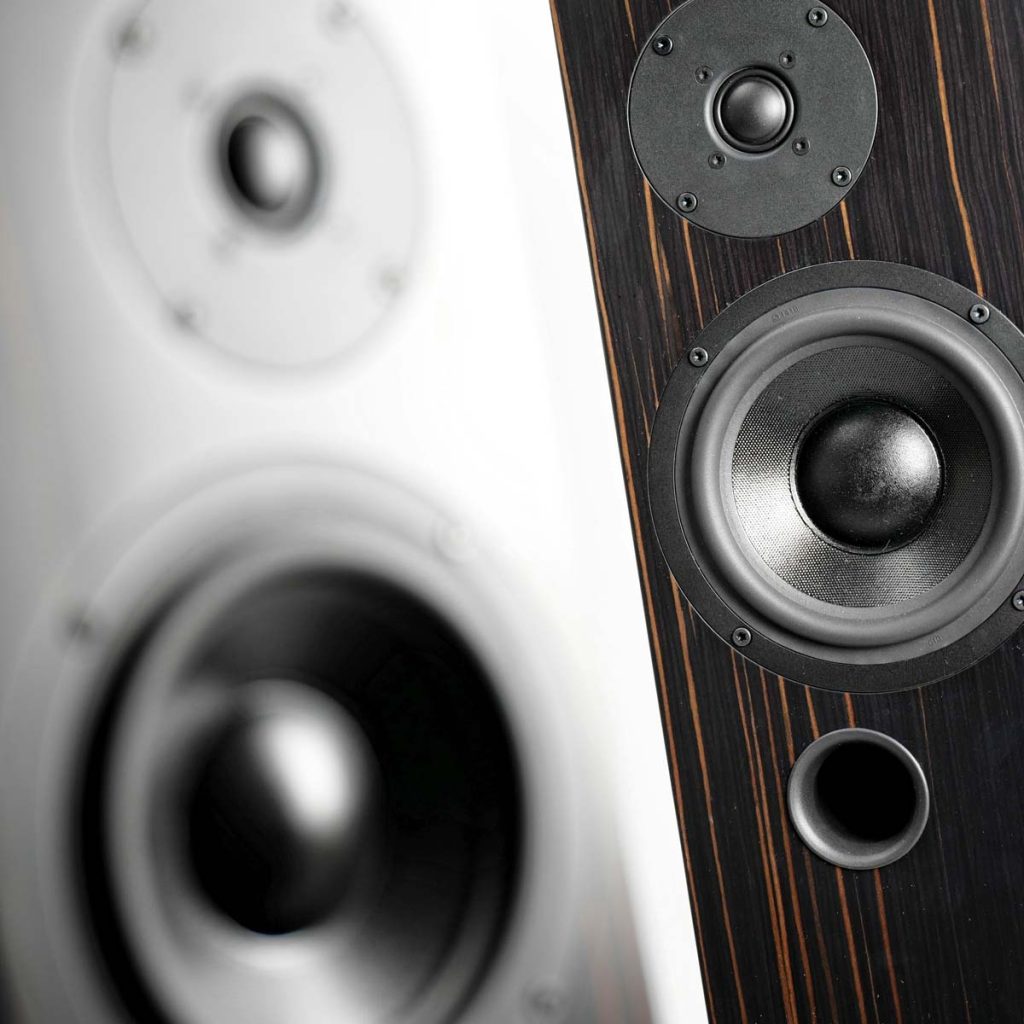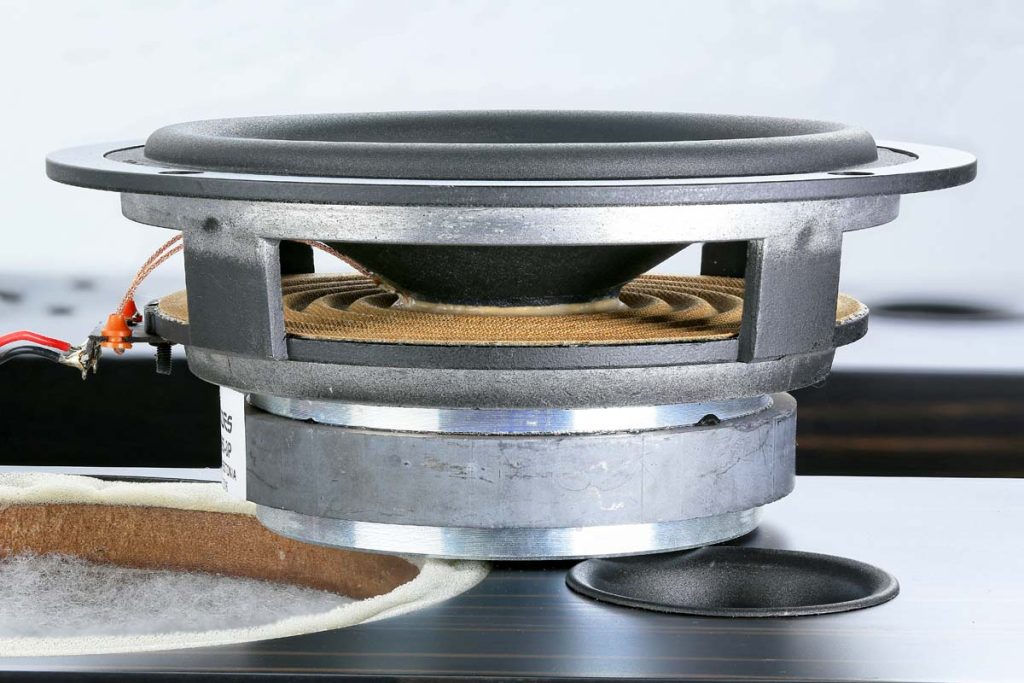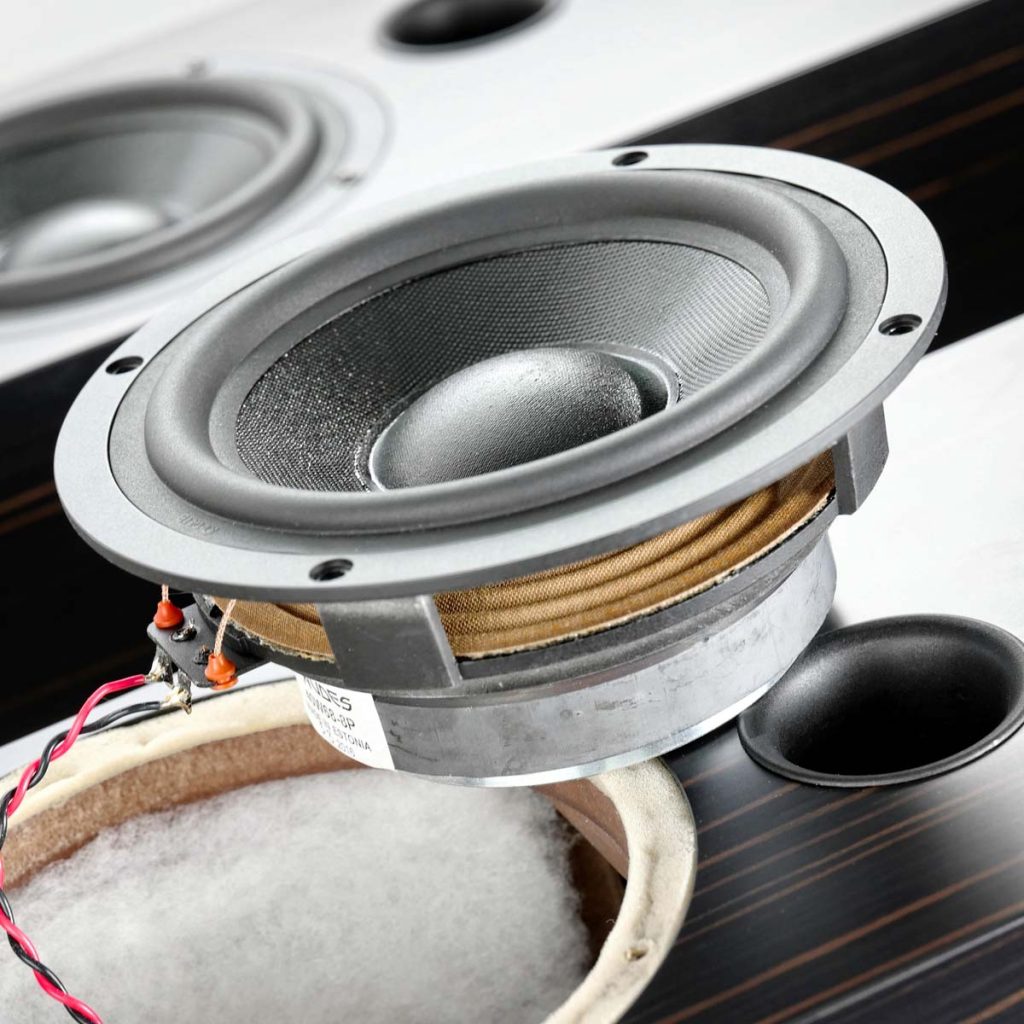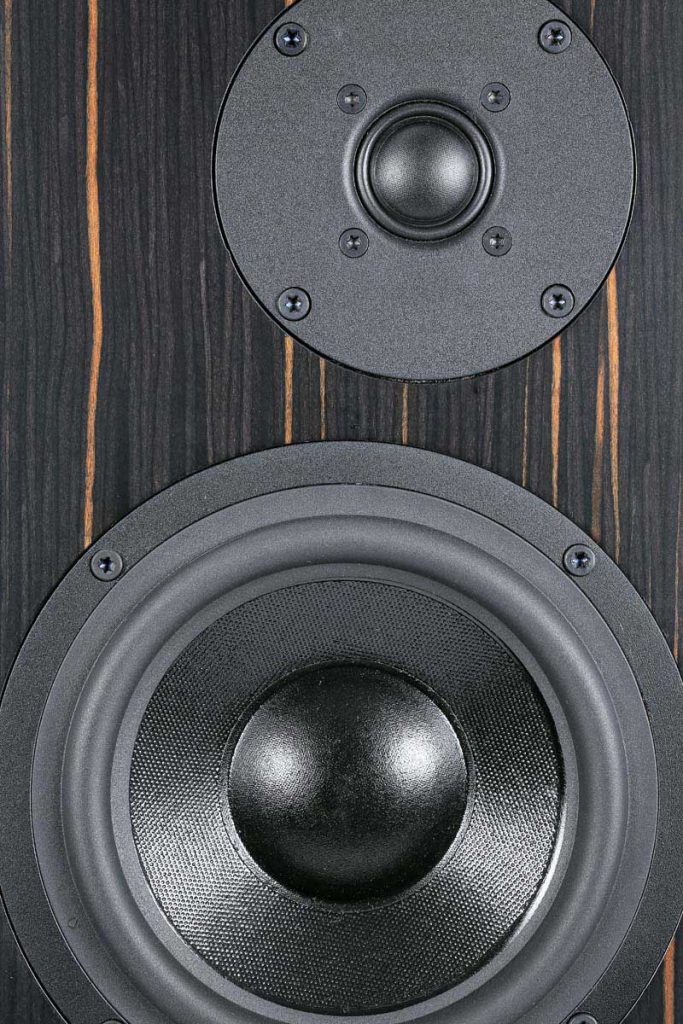The Perfect Cure For Sleepyheads
Don’t tell us we didn’t warn you. The Audes Maestro 116 from Estonia is capable of robbing you of your sleep and thoroughly crushing any hi-fi preconceptions you might have.
September 20, 2016, will be forever ingrained in my mind: I landed at Berlin Tegel Airport around midday after what seemed like an eternal red-eye special from Dallas via Frankfurt. I had been traveling for 14 hours and all I had to look forward to were some long days of work accompanied by dreaded jet lag. Many frequent flyers these days believe it’s best to not waste any time in trying to acclimatize to the time at your destination and not give in to the immediate temptation to jump into bed at 1 in the afternoon. No sooner said than done: Worn out, I staggered sluggishly through my apartment and wondered what I could do for the rest of the day before it was finally time to get some shut-eye. It’s not that easy when your brain is all over the place and your body is trying desperately to deal with the seven-hour time discrepancy and 25°C temperature difference. After unpacking my suitcase and loading the washing machine, I spotted a few boxes on the floor. Oh yes, the new equipment from Audes for me to test was just waiting to be unpacked and wired up. Perfect. It was just what I needed to keep me busy on a day like this.
In addition to the neatly packed, almost one-meter-tall two-way pillars, the sales team had also sent me a third box containing the stand feet. So, I rolled up my sleeves and steadied myself for a bit of manual labor. Carefully slide the loudspeakers headfirst out of the boxes, screw together the stand feet and spikes, then turn the loudspeakers and carefully place them on the supplied spike plates before pulling the wires through to the power amplifier: I spent a good hour on that sweat-inducing but constructive work. I flopped on the sofa, rather pleased with myself, and played Arcade Fire’s “Neighborhood #2.” Whoa! What the hell was that?
In just three seconds I was wide awake. It was as if the whole band was playing in my living room. The catchy drum intro that set the room vibrating pushed me back into my sofa. The guitar harmonics buzzed through the room, the accordion lurched toward me from the right and made me giddy, and the bass, which kicks in after 16 beats, sent butterflies aflutter in my stomach. What unbridled audio joyfulness, what amazing dynamics, and what wonderfully tight and firm playback. And how clearly and purely the little glockenspiel on the left pinged! And the strings, like little needle points piercing the sound! It was simple and simply fantastic. To get right to the point, I spent the rest of the day sitting blissfully on the sofa, erratically flicking through my music collection until I ordered a pizza at 6 p.m. and then knocked back a couple of glasses of Ardbeg Mór. Later on, a tad tipsy already, I sent Cai Brockmann an SMS asking him how much the speakers cost. “For the pair, €1,600” was the immediate answer. Huh? Was our editor in chief, a known prankster, trying to pull my leg? The cheeky trickster. That sly fox! I went to bed totally confused. It was already past midnight!
Half sobered up and half asleep I looked into Audes, the company’s history and its products. Based in Tallinn, Estonia, Audes’s roots reach back to 1935. They started out with the rather cumbersome name “Raadio-Elektrotehnika Tehas/RET” and manufactured radio equipment: coils and transformers and the like, partly for military purposes. In the 1950s, they added tube radios, and in the 1960s compact units with receivers and turntables — however with purchased loudspeakers. In 1992, the brand name was changed to Audes; a year later they began to develop and produce their own loudspeakers. The manufacturer’s portfolio these days includes nine in-house developed and manufactured woofers, various transformers, three tube amplifiers, and several ranges of loudspeakers. I had the pleasure of hosting at my apartment the Audes Maestro 116, a comparatively slim two-way bass reflex model with a housing that slightly tapers at the back. The Maestro series consists of one bookshelf model and two standing models and has been around for a few years now. It has, however, been reworked and updated by the acoustics engineer, Aleksei Tjurin, who is the son of the owner of Audes; the 116 model was his first-ever project. It includes a 6.5-inch inhouse manufactured woofer as well as an off-center dome tweeter from Seas. The opening of the bass reflex channel is on the front, and it has the same centerline as the tweeter, so a few centimeters to the left or right depending on the version that’s set up. The crossover frequency is relatively low: The dome tweeter already takes over at 1,800 hertz. Considering its low capacity, the Audes can make it all the way down to an impressive 40 hertz (-3 decibels). At 84 decibels, the efficiency level is average; the sine wave power capacity of 75 watts is also not hugely surprising for a loudspeaker of this size.
When looking at such a configuration, one thing grows clear in theory: The woofer can actually fully concentrate on what it does best without being disturbed, namely producing profound, full, and dynamic sounds. And Lord knows, it certainly does that. Frankly, it not only gives my rather grown-up Tannoy Turnberry (which costs four times as much) a run for its money in terms of absolute depth, control, and speed, it actually seems to me to almost operate even more directly. On the other hand, the tweeter has more to do as it needs to cover a large portion of the midrange. And it actually manages to do this with ease. The Seas dome tends to play more on the crisp, bright side but never overdoes it. That’s clear when listening to “Chemicals” by The Notwist: Here, all kinds of synthetic, treble-heavy sound sources click and crack and compete with each other. And the band from Weilheim had actually hidden the good old dial-up and handshake sound of an analog modem in the song’s bridge. This once again clearly contrasts with the lively and rhythmic hi-hat sounds and loops. When, really rather late, the bass finally kicks in, it’s accentuated and deeply and rhythmically incorporated. Great matching!
But this loudspeaker’s real crowning glory is the tremendously deep and precise three-dimensionality of the overall picture. If you take The Chameleons’ “View From a Hill,” you can let the lost, disparate delay guitar effects wash over you as they fill the room and the sound immerses you. Classical music also has a tremendous sonority in the room, making orchestral pieces a real pleasure to listen to.
Let’s have a bit broader look and take in the overall picture. My Tannoy started to sweat in the comparison test: Now, it’s no shrinking violet and at the time its explosive dynamics were one of the reasons I bought it. And yet, the little Audes can keep pace with surprising ease. Here’s where the Tannoy does have the edge: It has more “composure” in the midrange, and overall it reproduces guitars, pianos, and wind and string instruments with more colorful and powerful brush strokes. The Go-Betweens’ woefully sad “He Lives My Life” with its sparkling acoustic guitars is able to move you even more and produce a more emotional sound with the Tannoy. But at the frequency response ends, the Audes surprises you with fresh transparency in the treble range and lightning-swift accession in the bass range, at least if you listen at low-to-medium volume. If level stability is what it comes down to above all else, then the Tannoy has more reserves; it really doesn’t make a difference if it gets fed 10 watts or 200 watts. The Audes feels more comfortable at medium volume levels, which is likely the standard scenario for most home users anyway.
Overall, the Audes 116 reminds me of the DeVore Gibbon 88, which I had tested a while ago, as well as the Neat Acoustics Momentum 4i which I have been using as benchmarks for many years for test purposes and have fond memories of. The difference is that both comparison models are considerably more expensive.
Incidentally, the Audes plays as well on tubes as it does on transistors. It gave an electrifying, dynamic, and crisp performance with the Accustic Arts Power 1 Mk4 integrated amplifier and also with the Abacus Ampollo power amplifier, but a somewhat rounder and fuller performance with my Audreal MS3 tube monos. That makes it a true all-rounder in practice.
So let’s get right down to it: Of course a pair of loudspeakers priced at €1,600 won’t be able to do everything perfectly. All hi-fi components have their pluses and minuses, and we all ultimately have to make our decisions based on our own personal tastes. The real strengths that show the Audes in part punches well above its price tag include timing, three-dimensionality, spirited enthusiasm, profound bass, and sparkling trebles, but you have to be prepared to make some compromises in terms of absolute level stability if you’re planning on cranking up the volume. And at times the midrange has better resolution and is further stretched by others out there. But for me personally it was clear that the Audes is so much fun and provides a welcome acoustic alternative to my Tannoy so it’s staying put as I’m going to buy it. Basta!
Accompanying Equipment
CD transport: C.E.C. CD5 | DACs: B.M.C. Audio PureDAC, Manunta EVO DAC | Turntable: Rega RP-2 | Pickup: Ortofon 2M Red | Phono preamplifier: Pro-Ject Phonobox | Preamplifier: Abacus Preamp 14 | Power amplifiers: Abacus Ampollo, Audreal MS3 | Integrated amplifier: Accustic Arts Power 1 Mk4 | Loudspeaker: Tannoy Turnberry Gold Reference | Cables: Goldkabel, Oehlbach, Ortofon, Real Cable
Loudspeakers
Audes Maestro 116
Driver Complement: 6.5-inch woofer, 1-inch dome tweeter | Functional principle: two-way floor-standing loudspeakers, bass reflex | Nominal impedance: 8 Ω | Sine wave power capacity: 75 W | Frequency range: 40–20,000 Hz | Sensitivity: 86 dB/W/m | Finishes: Walnut veneer, black or white varnish, special finishes for an additional fee | Dimensions (H/W/D): 99/20/27 cm | Weight: 17 kg | Warranty period: 2 years | Price per pair: €1,600
TCG Handels GmbH
Döppers Esch 7
48531 Nordhorn
Germany
Phone: +49 5921 7884927

